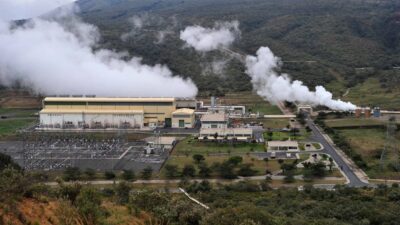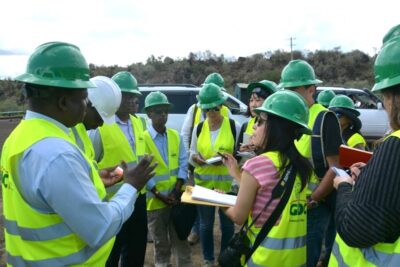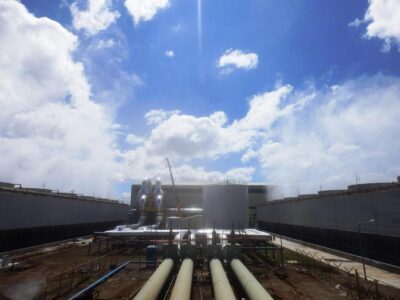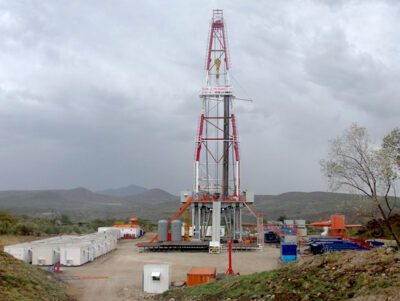Kenyan authorities in negotiations on funding geothermal projects
According to the source: Kenya will require a staggering $4.5- billion to implement the earmarked geothermal projects. To generate at least 5,000 MW from geothermal sources by 2030.
Kenya is trying to negotiate with several financial institutions in order to jump start several projects in the region. According to the article, Kenya has a vast potential in geothermal energy that would serve as a great response to the country’s need for electricity yet some of the projects are stalled due to a lack of funding, creating a temporary shift to coal based projects in order to cover said electricity need. The source highlights that the combined capacity of these coal plants is of 2000MW.
Considering this credit crunch, the country’s government is trying to allocate the funds in order to secure the electricity needs on the long run. In the article, it is explained that “Geothermal offers the solution to our energy needs. We are looking for funds to avoid further delays in the implementation of the identified projects,” says Ministry of Energy and Petroleum principal secretary Joseph Njoroge in the article.
These efforts seem to be advancing forward, since the Commonwealth Investment Corporation(CIC) is committed to investing $1-billion in Kenya’s geothermal sector, according to the CIC founder.
In the news piece it is detailed that “Over the next three years, Kenya will require a staggering $4.5- billion to implement the earmarked geothermal projects. To generate at least 5 000 MW from geothermal sources by 2030”
The proposed projects have a combined capacity of 3 620 MW, which will cost an estimated $12.1-billion. They are the Bogoria-Silali, Menengai and Suswa projects, being developed byGeothermal Development Company, and the 920 MW project in Olkaria being developed by the Kenya Electricity Generation Company according to the source.
The article finally mentions that peak demand increased from 899 MW in 2004 to 1 194 MW in 2011. The peak load is projected to grow to 2,511 MW by 2015 and 15,026 MW by 2030.
Source: Engineering News Website


















